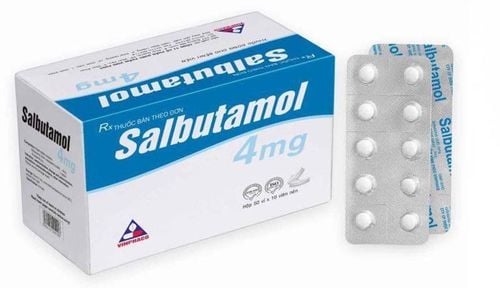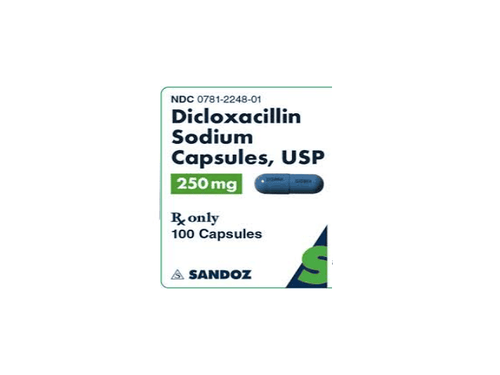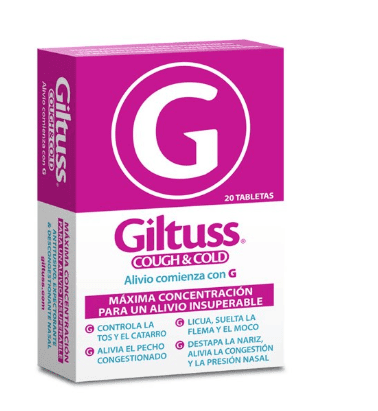This is an automatically translated article.
Emixorat is a prescription drug commonly used in the treatment of infectious diseases and for the prevention of high-risk cases such as surgery. To use the drug effectively, it is essential to learn information about how to use it, dosage, and side effects.
1. What is Emixorate?
Emixorat medicine contains the main ingredient is Cefuroxime (in the form of Cefuroxim sodium) 1.5g. This is an antibiotic belonging to the cephalosporin group, which has the ability to prevent bacterial cells from forming, growing and dividing to break down the cell wall and destroy the bacteria completely.2. Indications and contraindications to the drug Emixorat
2.1. Indications Emixorat is indicated in the treatment of the following diseases:
Patients with respiratory tract infections in bronchitis, bronchiectasis, postoperative chest infection, lung abscess and pneumonia . Patients with ear-nose-throat infections in sinusitis, pharyngitis and tonsillitis. Patients with urinary tract infections in cystitis, asymptomatic urinary tract infections, glomerulonephritis both acute and chronic. Patients with gonococcal infection when penicillin cannot be used. People with infections in obstetrics-gynecology, bones, joints, soft tissues, meningitis... Emixorat is also used prophylactically in people at high risk of infection such as preparing for surgery on the abdomen, heart, esophagus, and pelvis. , lungs or blood vessels. 2.2. Contraindications Emixorat is contraindicated in the following cases:
Patients with a history of allergy to Emixorat or other cephalosporin antibiotics. Children under 3 months of age should not take Emixorat.
3. Dosage and how to use Emixorat
3.1. Dosage of Emixorat to treat common diseases
Adults: Use the drug at a dose of 750mg x 3 times/day, which can be administered intravenously or intramuscularly. In patients with severe infections, the dose may be increased to 1.5 g 3 times/day, intravenously every 6 hours. Make sure the total daily dose is 3 - 6g/day. Children: Use the drug at a dose of 30mg - 100mg/kg body weight/day, divided into 3 or 4 doses. Using Emixorat to treat special diseases
Gonorrhea: Use the drug at a dose of 1.5g intramuscularly. Meningitis : Adults take a dose of 3g every 8 hours, children use a dose of 200 mg - 240 mg/kg body weight/day, divided into equivalent doses every 6-8 hours, intravenously. Note that when the disease shows signs of clinical improvement or after taking the drug for 3 days, the dose can be reduced to 100mg/kg body weight/day. Use of Emixora for Prophylaxis
Induction of anesthesia in abdominal, pelvic, and orthopedic surgery: Use a dose of 1.5 g intravenously or add 2 additional injections of 750 mg intramuscularly at 8 hours and 16 hours later . Induction of anesthesia in cardiac, pulmonary, esophageal and vascular surgery: Use 1.5 g IV and may continue with 750 mg IM 3 times/day for the next 24 to 48 hours. Dosage information is for reference only, patients need to follow the doctor's instructions when using Emixorat.
3.2. How to use Emixorat Emixorat can be indicated for intramuscular injection, slow intravenous injection or slow intravenous infusion with the following drug preparation:
Using Emixorat for intramuscular injection: Add 3ml of distilled water for injection into the 750mg vial, shake well to help powder dissolved before use. Intravenous use: Add 6ml of distilled water for injection into the 750mg vial, shake well to help the powder dissolve before use. Use of Emixorate by slow intravenous infusion (over 30 minutes): Further dilution should be carried out in the 1.5g vial with 50ml of the appropriate infusion solution.
4. Side effects of the drug Emixorate
Adults and children may experience some unwanted side effects when taking Emixorat such as:
Sudden high fever, chills, itchy rash all over, joint pain, swollen glands. Heart palpitations, chest pain, seizures, diarrhea, blood in the urine/faeces, confusion. Pale skin, jaundice, skin rash, peeling or sometimes bruising. Thirst, loss of appetite, difficulty breathing or numbness, muscle swelling. Some cases feel headache, nausea, abdominal pain, diarrhea, nasal congestion, cough, drowsiness, vaginal itching, ... If there are side effects when taking the drug, the patient should see a doctor at the hospital. medical facilities immediately.
5. Drug interactions
Emixorate when used with high doses of Probenecid will increase the effect of the drug. Concomitant administration of Emixorate with aminoglycoside antibiotics or potent diuretics such as furosemide is associated with an increased risk of nephrotoxicity.
6. Precautions while using Emixorat
Use caution when using Emixorat in the following cases:
Emixorat is only effective and highly effective in treating bacterial infections, so it is not effective for viral diseases. During the course of taking the drug, you need to adhere to the correct dose, do not interrupt or stop the drug suddenly, which will cause drug resistance or cause more serious infections. Above is the information you need to know about Emixorat to have a safe and effective use. Depending on each medical condition, you should take the appropriate dose and do not forget to talk to your doctor before taking the drug in the treatment of the disease you are having.
Follow Vinmec International General Hospital website to get more health, nutrition and beauty information to protect the health of yourself and your loved ones in your family.
Please dial HOTLINE for more information or register for an appointment HERE. Download MyVinmec app to make appointments faster and to manage your bookings easily.













